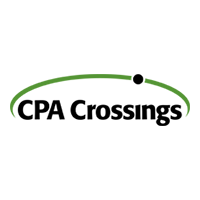
Session 1 of Borenstein's Form 990 Foundational Series (NOTE: CREDITS & LEVEL HAVE BEEN EXPANDED FOR 2023-2024 YEAR!) A "related organization" for ...
12/5/2023 12:30pm - 3:00pm | Online | CPA Crossings
$89.00
CPE Categories: Taxation (2.5 CPE)
Session 1 of Borenstein's Form 990 Foundational Series (NOTE: CREDITS & LEVEL HAVE BEEN EXPANDED FOR 2023-2024 YEAR!) A "related organization" for Form 990 purposes is a unique concept that does not tie to generally employed business or accounting definitions. Identifying such entities is a crucial first preparation step called for in the 990 instructions. Indeed, the presence of "related organizations" impacts the managers reported on the Core Form's Part VII-A and various other 990-reporting disclosures! This 990 "term-of-art" is deceptive, starting out with "parents," "subsidiaries," and "siblings," but applying a unique and extremely broad definition of "control". This session fully illuminates, with real-world explanations, both key "basics" and common nuances that readers and preparers of the 990 need be aware of in testing for "control" of a nonprofit organization or when control is not direct but may be "indirect." Multiple examples covering the precepts in this realm are provided. While the focus here is on properly identifying a filer's related organizations, the disclosures required on Form 990's Schedule R are also covered. This event may be a rebroadcast of a live event and the instructor will be available to answer your questions during the event.
Presented by Eve Rose Borenstein, LLC
Instructor: Eve R. Borenstein, J.D.
Public accounting tax staff and audit personnel, nonprofit organization's Treasurers and CFOs, and finance or compliance consultants serving 990 filers.
After attending this presentation, you will be able to...
The major topics covered in this class include:
© Copyright 2025 KSCPA | All Rights Reserved